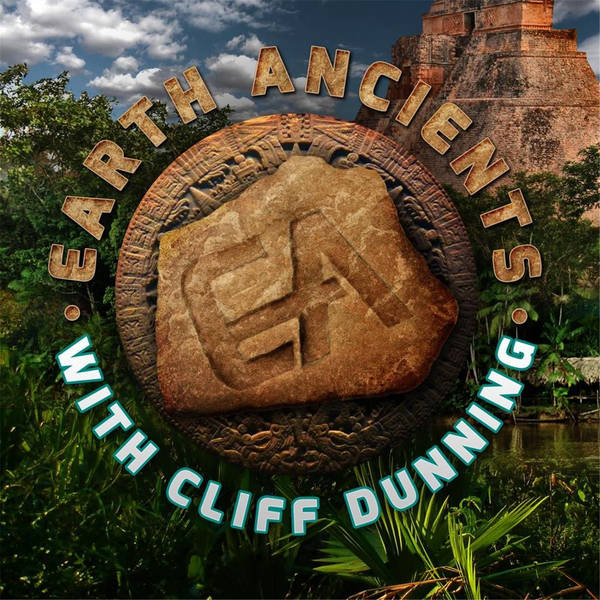
Dr. Mark Carlotto: Ice Age City Found in Mexico
Key points:
•The “eye” in Mexico looks a lot like the “eye” of the Sahara - the Richat stricture in north Africa. But the story goes a lot deeper.
•This area in Mexico was researched by the Mexican archaeologist Nicholas Leon who joined the National Museum in Mexico City in 1900 and became head of the Department of Anthropology. He wrote an article published in in the November and December 1903 issue of The American Antiquarian. This is an except from the article: "massive walls have been found, but they are covered with a mass of deposited earth, sixty feet in thickness. And mingled in this earth are human skeletons, the tusks of elephants, etc., distributed in a way which indicates that the overflow of water and mud was sudden, giving no time for escape."
•The “elephant” bones he discovered were really those the the wholly mammoth. Mammoth remains were unearthed near Mexico City in 2020.
•Mammoth remains found in this part of the world are consistent with major climate changes at the end of the last ice age. The geology of the surrounding landscape also indicates something unusual, likely catastrophic happened.
Mark Carlotto is an aerospace engineer with over thirty years of experience in satellite imaging, remote sensing, image processing, and pattern recognition. He received a Ph.D. in Electrical Engineering from Carnegie-Mellon University in 1981 and has published numerous technical articles and books. Dr. Carlotto contributed extensively to the investigation of the Face and other structures in the Cydonia region of Mars, analyzed anomalous objects in STS-48 and STS-80 space shuttle videos, and participated in a recent study of unusual surface features on the far side of the Moon. In his latest book, Before Atlantis, Mark Carlotto draws from his unique background and experience to propose new answers to basic questions concerning human origins, ancient technology, and archaeological enigmas.
https://beforeatlantis.com/
Become a supporter of this podcast: https://www.spreaker.com/podcast/earth-ancients--2790919/support.
•The “eye” in Mexico looks a lot like the “eye” of the Sahara - the Richat stricture in north Africa. But the story goes a lot deeper.
•This area in Mexico was researched by the Mexican archaeologist Nicholas Leon who joined the National Museum in Mexico City in 1900 and became head of the Department of Anthropology. He wrote an article published in in the November and December 1903 issue of The American Antiquarian. This is an except from the article: "massive walls have been found, but they are covered with a mass of deposited earth, sixty feet in thickness. And mingled in this earth are human skeletons, the tusks of elephants, etc., distributed in a way which indicates that the overflow of water and mud was sudden, giving no time for escape."
•The “elephant” bones he discovered were really those the the wholly mammoth. Mammoth remains were unearthed near Mexico City in 2020.
•Mammoth remains found in this part of the world are consistent with major climate changes at the end of the last ice age. The geology of the surrounding landscape also indicates something unusual, likely catastrophic happened.
Mark Carlotto is an aerospace engineer with over thirty years of experience in satellite imaging, remote sensing, image processing, and pattern recognition. He received a Ph.D. in Electrical Engineering from Carnegie-Mellon University in 1981 and has published numerous technical articles and books. Dr. Carlotto contributed extensively to the investigation of the Face and other structures in the Cydonia region of Mars, analyzed anomalous objects in STS-48 and STS-80 space shuttle videos, and participated in a recent study of unusual surface features on the far side of the Moon. In his latest book, Before Atlantis, Mark Carlotto draws from his unique background and experience to propose new answers to basic questions concerning human origins, ancient technology, and archaeological enigmas.
https://beforeatlantis.com/
Become a supporter of this podcast: https://www.spreaker.com/podcast/earth-ancients--2790919/support.
